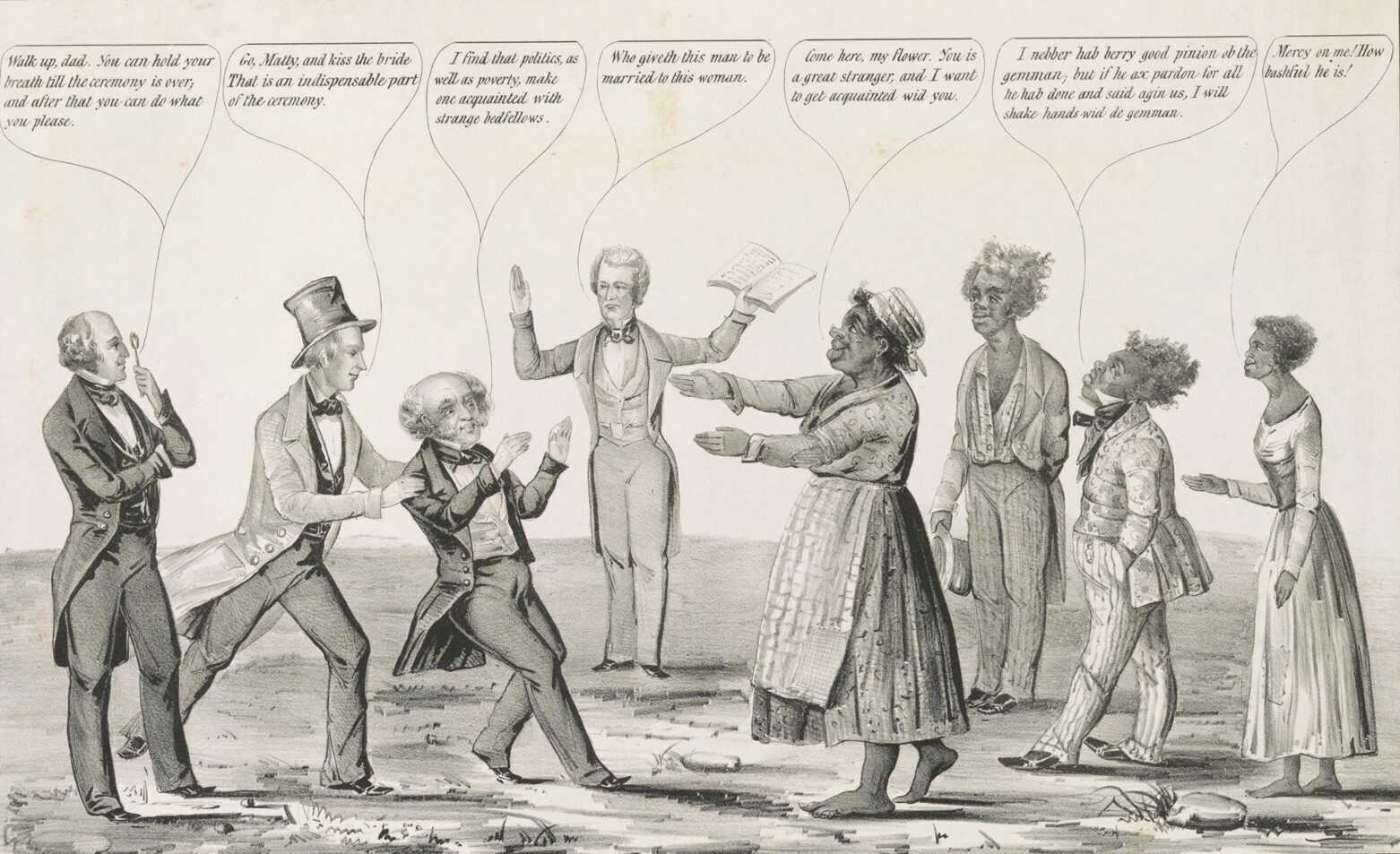Chapter 1
The Value of Freedom
Both the North and South had vested interests in the continuation of slavery. Industrial and financial businesses as well as institutions and individuals all benefited from the trade in Black people and the product of their labor. From as early as the colonial period, enslaved Black people figuratively and literally built the foundation of the nation, including having built the U.S. Capitol and the White House. Additionally, they built churches, universities, state houses, and profitable landscapes. Their labor provided a comfortable and even luxurious way of life for United States citizens, even as freedom and citizenship was denied to Black people.
Competing perspectives regarding slavery and defining freedom in the nation played out in the public arena and on the political stage. Interracial alliances were formed as abolitionists fought for the end of the inhumane system of human bondage. Yeoman white farmers and poor working-class white people fought against the continued growth of the wealthy class, lack of access to land, and competition against forced labor. Political lines were drawn, particularly mindful that the Three-Fifths Clause of the Constitution guaranteed political power in the hands of the enslavers with the continuation of slavery.
African Americans resisted—whether waging rebellions, slowing down production, or escaping from plantations. They were determined to be free. The momentum was building for the coming of war for the nation and the coming of freedom for enslaved Black people in it.
Rising Tension in the Nation
"The Dis-United States—A Black Business."
Slavery’s success built the economic foundation of America. In two generations, cotton produced by enslaved people transformed the fledgling nation into a world power and a leader in global trade. This rapid change sparked heated political debate. Southern slave owners demanded political power to match their financial influence. Northern interests pushed back, fearing the power of the slave-owning minority. This unease over slavery created dangerous new forms of racism. Together, enslaved and free, African Americans organized to overthrow slavery.
No, you dare not make war on cotton. No power on earth dares to make war upon it. Cotton is king.
James Henry Hammond, 1858
Slavery and American Life
Enslaved People Cleaning a Street, New Orleans, Louisiana, 1820
Every American lived a life touched by slavery. They wore clothes made from cotton, ate cakes sweetened with sugar, and smoked tobacco. They traveled on slave-made roads, railroads, and canals. Working with little rest and facing the constant threat of violence, enslaved Black people provided other Americans with a higher standard of living through cheap consumer goods and a strong national infrastructure. Slavery was deeply woven into daily life.
Until slavery is abolished, we are continually exposed to a state of war.
Convention of Radical Political Abolitionists, 1855
Constitutional Crisis
Jealous of federal authority, northern and southern states grew increasingly suspicious of one another’s power in Congress, the White House, and the Supreme Court. Twelve of the first 18 presidents enslaved Black people, and northerners questioned how the South, with fewer voters, held on to the presidency. Southerners protested each time Congress limited slavery in the territories. Meanwhile, an interracial coalition of abolitionists demanded an immediate end to slavery. As Americans debated the Constitution’s stance on slavery, enslaved people watched, listened, and acted to free themselves.
Political Map Showing the Spread of Slavery
Brethren, arise, arise!
Strike for your lives and liberties.
Now is the day and the hour.
Let your motto be resistance! Resistance!
Resistance!
Henry Highland Garnet, 1843
Slave Resistance
"Blow for Blow," 1863
It is no coincidence that when slavery entered the news, enslaved people often rebelled. In 1800 Gabriel Prosser’s Rebellion in Richmond, Virginia, followed the slave rebellion in Haiti. In 1822 Denmark Vesey’s Rebellion in Charleston, South Carolina, followed the Missouri Compromise. In 1831 Nat Turner’s Rebellion followed the publication of David Walker’s Appeal to African Americans to rise up against oppression. Enslavers reacted with violence and new laws, writing “black codes” that limited the mobility of enslaved and free African Americans.
The time was fast approaching when the first should be last and the last should be first.
Nat Turner, 1831
Competing Economies and Matters of Race
Many Americans opposed slavery. Working class white people saw enslaved Black people as undercutting their pay with cheap labor. Farmers feared the competition from wealthy enslavers for land and agricultural markets. Other citizens thought slavery would inevitably lead to rebellion. Regardless of their stance on slavery, most white Americans did not want to be integrated with African Americans. Only a few believed that slavery denied human equality. In 1853 Indiana Congressman George W. Julian remarked, “The American people are emphatically a 'negro-hating people.'” Many political cartoons highlighted this sentiment.
Political Cartoons and Racism, 1848
Freedom as I understand it . . . is taking us from under the yoke of bondage, and placing us where we could reap the fruit of our own labor.
Garrison Frazier, 1865
The Splintering of Political Parties
"Forcing Slavery Down the Throat of a Freesoiler," 1856
The Republican Party formed in 1854. It promised to restrict slavery in the new states and territories so that free white laborers and farmers would not have to compete against enslavers and the forced labor of the people they enslaved. Some Republicans, such as Abraham Lincoln, believed that the nation could not survive half slave and half free. They advocated an end to the institution. Others pressed for compromise and worked to limit slavery’s expansion. The party won around 40 percent of votes in 1856.
Democrats battled the Free-Soil Republicans to make Kansas a slave state. In a political cartoon, Slavery, depicted as an African American man, is shoved down the throat of a Free-Soiler, implying that slavery would be forced down the throat of the expanding nation and those who stood in the way.
